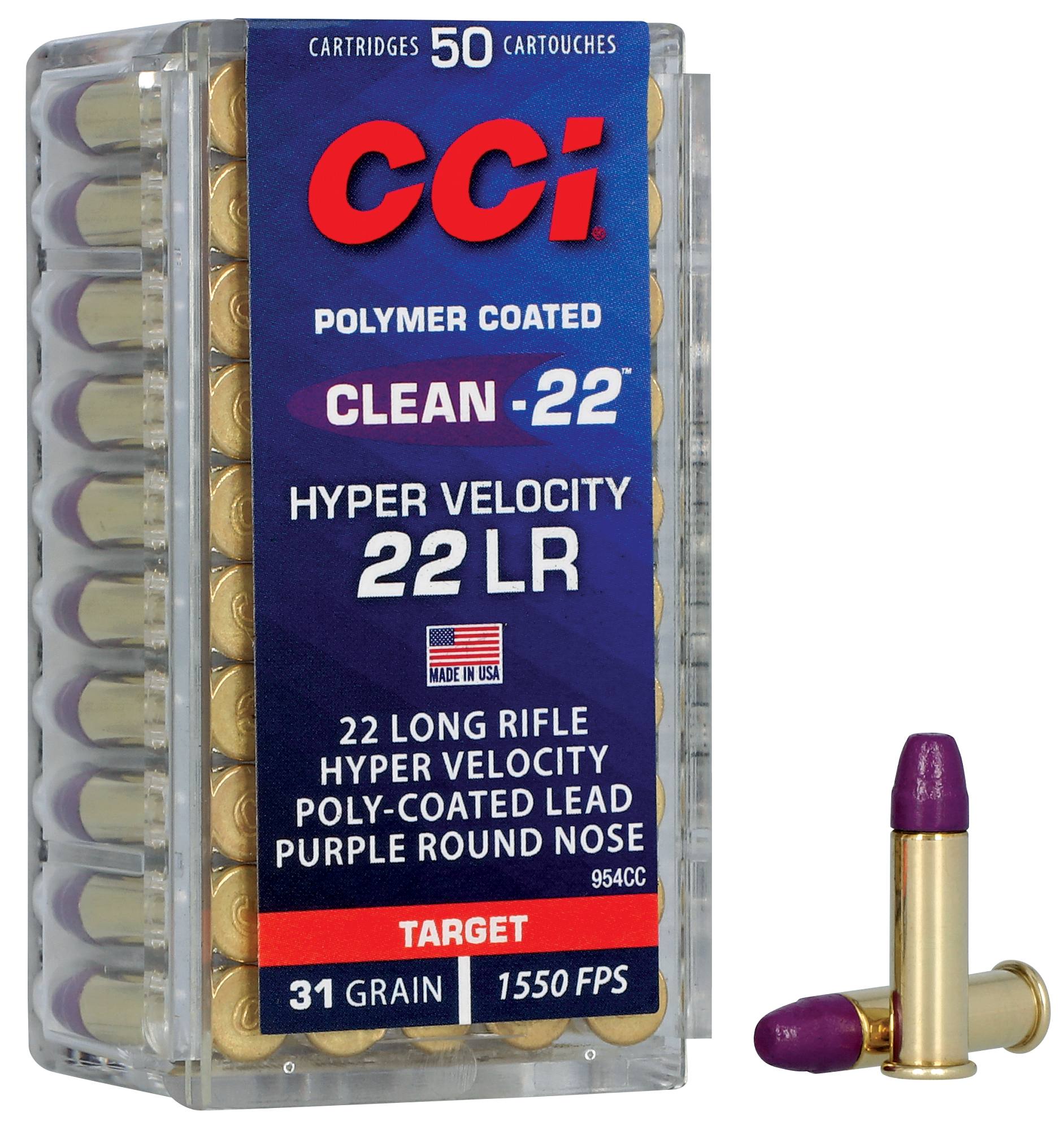Needsmo, You touched on one of my hot buttons that has become one of the worst Internet myths. When bullets transition from supersonic to sub sonic, they do NOT go crazy and lose stability or accuracy, they merely hit a temporary bump in the road and recover stability a few yards later. A typical 22 LR (I'll use a CCI Mini-Mag @ 1235 fps as an example).Mini-Mags will go subsonic at about 31 yards, yet they are known to be very accurate at 75 or even 100 yards. A Stinger starts off at 1640 fps and goes subsonic at about 65 yards. Again, the bullet maintains stability well past 100 yards. In my own Remington bolt action Mod 511, or CZ 452-2E, on a calm day, I can shoot sub-inch groups at 100 yards with CCI Minimags. Green Tags (1070 fps) fare a little better. Stingers will hold a 1/2" group at 100 yards. So what is all this crap about subsonic transition about? BTW, the reason why CCI Green Tags are so accurate is NOT because they are subsonic, it's because they have very uniform bullets, powder charges, and priming compound .... very similar to other match grade 22 LRs.
Where all this sub-sonic crap started, it related to AR-15/M-16s shooting military M-193 (5.56x45mm) ammo with 55gr bullets. As it turned out, at about 280 yards, 55gr bullets went through sonic transition. They also became unstable where groups opened up dramatically. The shooting community took this to mean sonic transition caused bullets to go wild and most people still believe this eronious concept. The reason for instability had nothing to do with going subsonic, it was the poor ballistic coefficient of the 55gr bullets that caused their spin rate to decay and go below the point of gyro stability. At the time, I too believed in the sonic transition theory until I met Gale McMullen.
I was at the Ben Avery shooting range, located near Phoenix, AX. I was sighting in a Remington Mod 700, chambered in 223 Rem. The man at the bench next to me was also sighting in a Mod 700 Remy. I helped him by walking down range and putting up and taking down targets. After an hour of shooting, Gale invited me to join him for lunch, where we discussed many gun related topics. I had no idea who this man was, other than he was the best marksman I had ever seen. It turned out, Gale McMullen held many marksmanship international records plus he held the record for the smallest group at 100 yards. Of course, I didn't know this until I got home and did some research. Gale also made some of the best rifle barrels in existence.
One of the many topics that came up in our discussions was "sonic transition". Gale said he could prove it wasn't valid if I was willing to do another range trip. I brought my Remington Mod 700 BDL with a 1:12 twist rate, 24" barrel to the range and Gale brought basically the same gun only his Mod 700 had a 1:9 or 1:10 twist rate barrel (can't remember which). We set up targets at 100 yards and used the same Remington brand 223 Rem ammo with 55gr bullets in both guns. My Mod 700 grouped well under an inch at 100 yds, as did Gail's Mod 700. Then the true test began. We moved the targets out to 300 yards. My mod 700 shot 6" or larger groups and Gail's Mod 700 with a faster twist was still shooting 1 inch groups. We set up an Ohler chronograph at 300 yards and found both guns were producing identical velocities. This proved one point .... velocity was consistent with both twist rates but stability fevered the faster twist rate, by far. The grim bullets in those Remington cartridges had a very poor BC ... .101 so they didn't deal well with air friction and dropped to subsonic velocities at 280 yards. Gale's rifle with the faster twist rate kept the bullet spinning fast enough where they maintained stability at 300 yards (probably much farther) and my rifle with its 1:12 twist rate failed to maintain stability, which opened the groups considerably. The whole point of this demonstration was to prove it was the twist rate of the rifle versus ballistic coefficient of the bullet that caused to bullet to go whacky and had nothing to do with bullets going subsonic, because both bullets were traveling at the same speed.
I would love to hear from someone that has actual experience and proof with sonic transition where it caused bullets to go unstable.

 www.cci-ammunition.com
www.cci-ammunition.com





